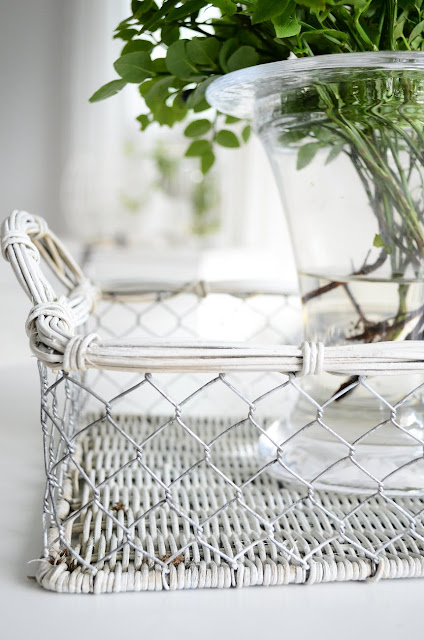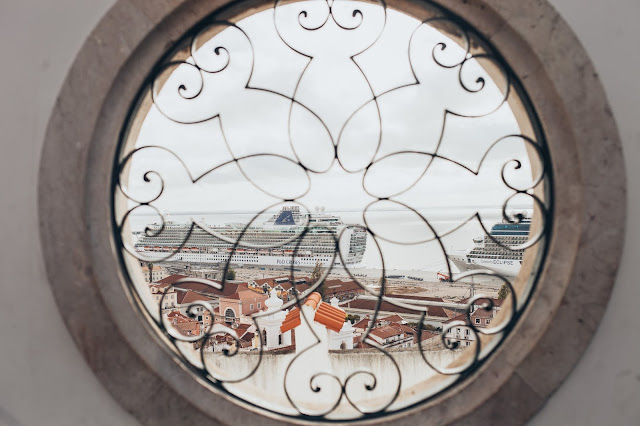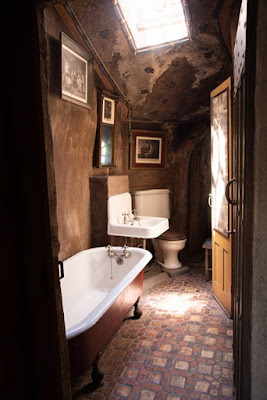Handicrafts
new post
Collective terms for handicrafts : include artisan, handcrafting, crafting, craftsmanship and handcrafting. The term arts and crafts is also applied, especially in the United States and mostly to hobbyists' and children's output rather than items crafted for daily use, but this distinction is not formal, and the term is easily confused with the Arts and Crafts design movement, which is in fact as practical as it is aesthetic.
In addition to the aesthetic value of paper crafts, various forms of paper crafts are used in the education of children. Paper is a relatively inexpensive medium, readily available, and easier to work with than the more complicated media typically used in the creation of three-dimensional artwork, such as ceramics, wood, and metals.
wood making
In contrast, hundreds of small businesses have been set up by avid craters keen to make a return on their card making efforts. Many of these are taking advantage of the low setup costs of web-based selling and the wide customer-base of auction sites .
Many others continue to sell their creations at craft fairs, markets and fetes. Others use their card making skills to turn a profit in the wedding planning market making handmade wedding invitations and favors.
Handicrafts
A handicraft,
sometimes more precisely expressed as artisan handicraft or handmade,
is any of a wide variety of types of work where useful and decorative objects
are made completely by hand or by using only simple tools. It is a traditional
main sector of craft,
and applies to a wide range of creative and design activities
that are related to making things with one's hands and skill, including work
with textiles, mold able and rigid materials, paper, plant fibers, etc.
One of
the world's oldest handicrafts ; this is a sort of metal casting that has been used in India for over 4,000
years and is still used. Usually the term is applied to traditional techniques
of creating items (whether for personal use or as products) that are both
practical and aesthetic. Handicraft industries are those that produce things
with hands to meet the needs of the people in their locality. Machines are not
used.
Collective terms for handicrafts : include artisan, handcrafting, crafting, craftsmanship and handcrafting. The term arts and crafts is also applied, especially in the United States and mostly to hobbyists' and children's output rather than items crafted for daily use, but this distinction is not formal, and the term is easily confused with the Arts and Crafts design movement, which is in fact as practical as it is aesthetic.
Handcrafting has its roots
in the rural craft the material-goods necessities of
ancient civilizations, and many specific crafts have been practiced for
centuries, while others are modern inventions, or popularization of crafts
which were originally practiced in a limited geographic area.
Paper craft
Paper craft is the
collection of art forms
employing paper or card as
the primary artistic medium for the creation of one,
two or three-dimensional objects. Paper sculpture being the most difficult to
master because it involves drawing, design and complex interlocking pattern
making skills.
Paper and card stock are the most widely used material in arts
and crafts. They lend themselves to a wide range of techniques and can be
folded, curved, bent, cut, glued, molded, stitched, or layered. paper making by
hand is also an important paper craft. Painting and calligraphy though
they are commonly applied as decoration are normally considered as separate
arts or crafts.
Paper crafts are known in
most societies that use paper, with certain kinds of crafts being particularly
associated with specific countries or cultures. In Caribbean countries paper
craft is unique to Caribbean culture which reflect the importance of native
animals in life of people.
In addition to the aesthetic value of paper crafts, various forms of paper crafts are used in the education of children. Paper is a relatively inexpensive medium, readily available, and easier to work with than the more complicated media typically used in the creation of three-dimensional artwork, such as ceramics, wood, and metals.
It
is also neater to work with than paints, dyes, and other coloring materials.
Paper crafts may also be used in therapeutic settings,
providing children with a safe and uncomplicated creative outlet to express
feelings.
Decoration with leaves
The word
"paper" derives from papyrus,
the name of the ancient material manufactured from beaten reeds in Egypt as far back as
the third millennium B.C. Indeed, the earliest known example of
"paper folding" is an ancient Egyptian map, drawn on papyrus and
folded into rectangular forms like a modern road map. However, it does
not appear that intricate paper folding as an art form became possible until
the introduction of wood-pulp based papers.
The first
Japanese origami is dated from the 6th century A.D. In much of the west,
the term origami is
used anonymously with paper folding, though the term properly only refers to
the art of paper folding in Japan. Other forms of paper folding include Zhukov , Jon-i.e.-jeep-go,
from Korea, and Western paper folding.
lighting ideas
Papal picador,
as practiced in Mexico and other places in Latin America is done using chisels
to cut 50 to a hundred sheets at a time, while Chines paper cutting uses knives or
scissors for up to 8 sheets.
Womankind and other European forms usually are done on one single sheet. In either of these traditions, paper sheets are folded prior to cutting to achieve symmetrical designs.
Womankind and other European forms usually are done on one single sheet. In either of these traditions, paper sheets are folded prior to cutting to achieve symmetrical designs.
Models
A technique in which you can recreate a 3 D model. The polygons of a 3 D mesh are unfolded to a printable pattern. With the help of glue tabs, cutting lines, mountain fold lines and valley fold lines the pattern comes together.
Paper pulp painting
Images built using colored paper pulp are a form of paper art that started in the 20th century. Lynn sores are among contemporary artist developing this medium. Paper pulp craft is widely used in rural India for making kitchen utility baskets.
Hand made art
art is a thin material produced by pressing together moist fibers of cellulose pulp derived from wood, rags or grasses, and drying them into flexible sheets.
It is a versatile material with many uses, including writing, printing, packaging, cleaning, decorating, and a number of industrial and construction processes.
art is a thin material produced by pressing together moist fibers of cellulose pulp derived from wood, rags or grasses, and drying them into flexible sheets.
It is a versatile material with many uses, including writing, printing, packaging, cleaning, decorating, and a number of industrial and construction processes.
wood making
Many people with interests in
allied crafts such as scrap booking have
begun to use their skills to start making handmade cards. This has contributed
to card making becoming a popular hobby.
Traditional high street stores
have begun to devote an increasing amount of their floor space to handmade
cards. Handmade products are now being seen by retailers as a way to increase
margins, and handmade cards are no exception.
In contrast, hundreds of small businesses have been set up by avid craters keen to make a return on their card making efforts. Many of these are taking advantage of the low setup costs of web-based selling and the wide customer-base of auction sites .
Many others continue to sell their creations at craft fairs, markets and fetes. Others use their card making skills to turn a profit in the wedding planning market making handmade wedding invitations and favors.































































